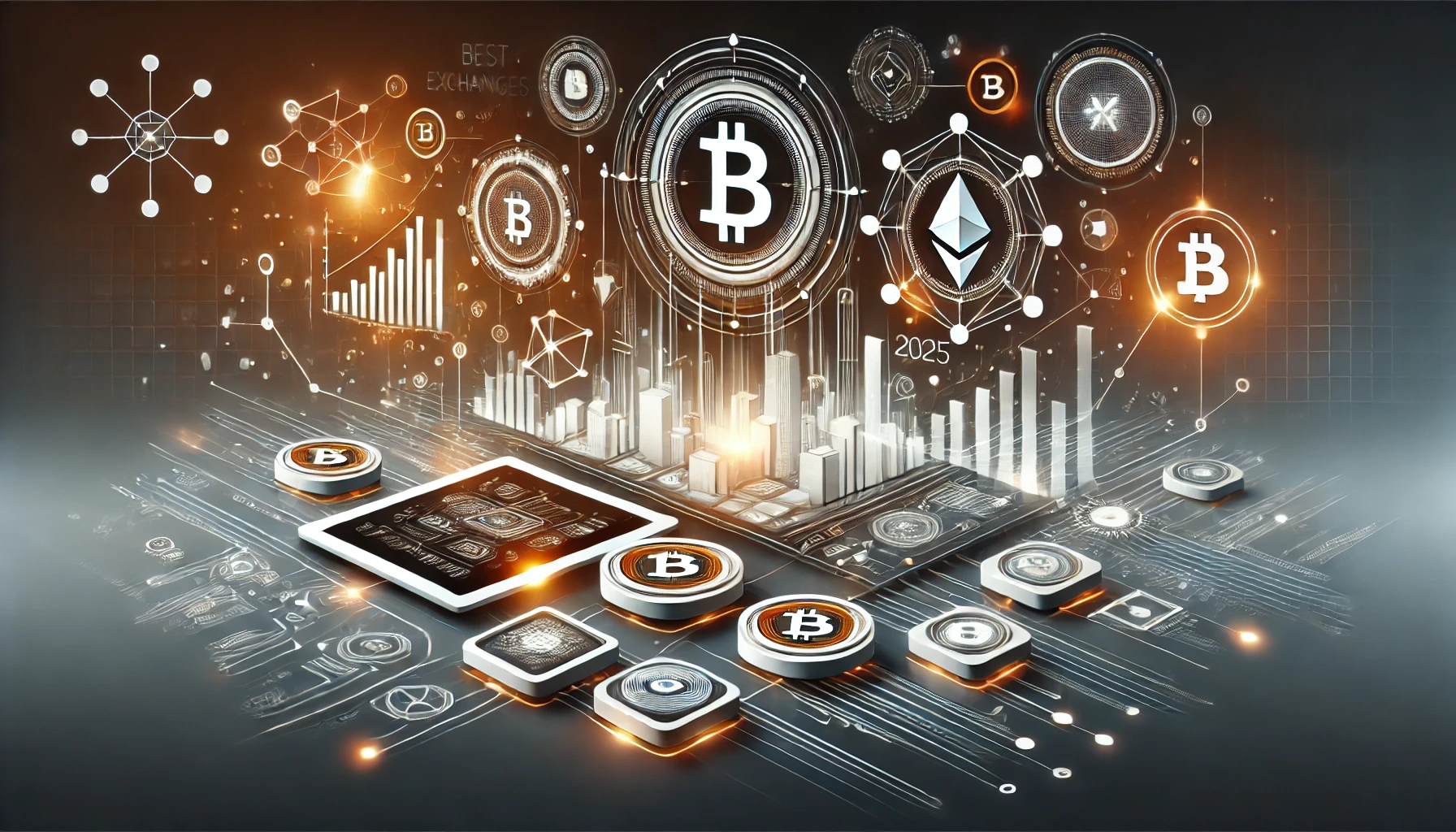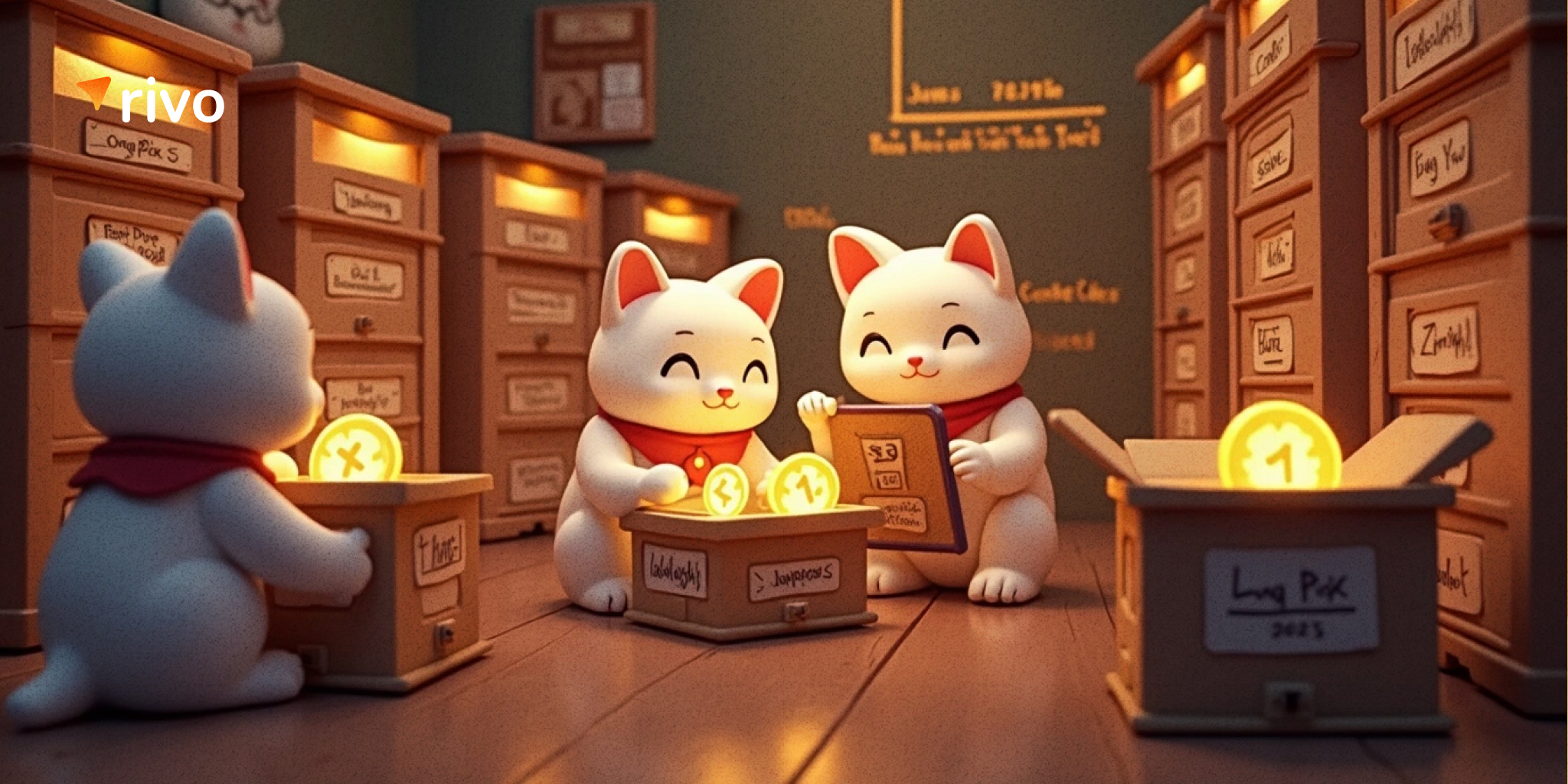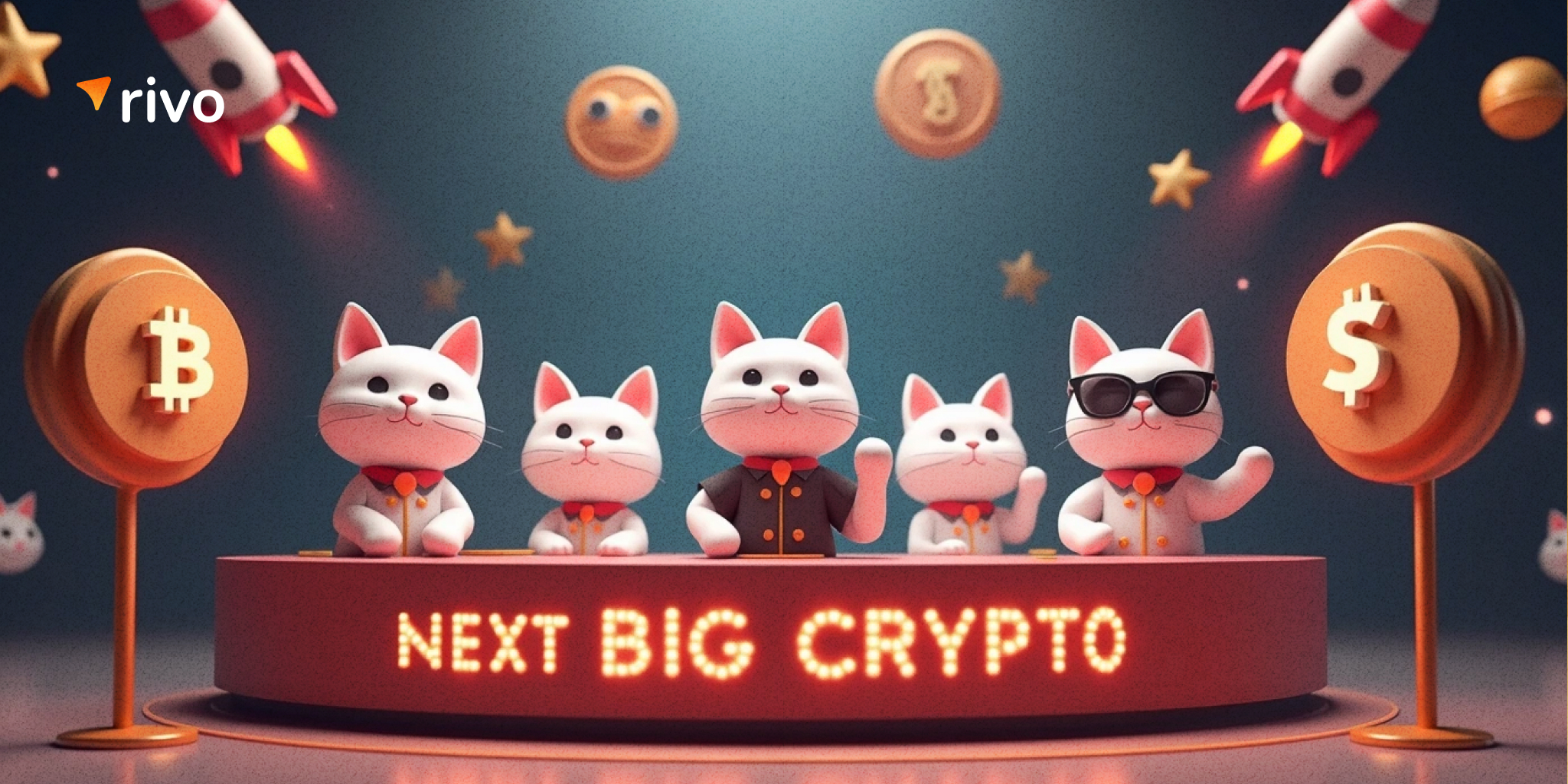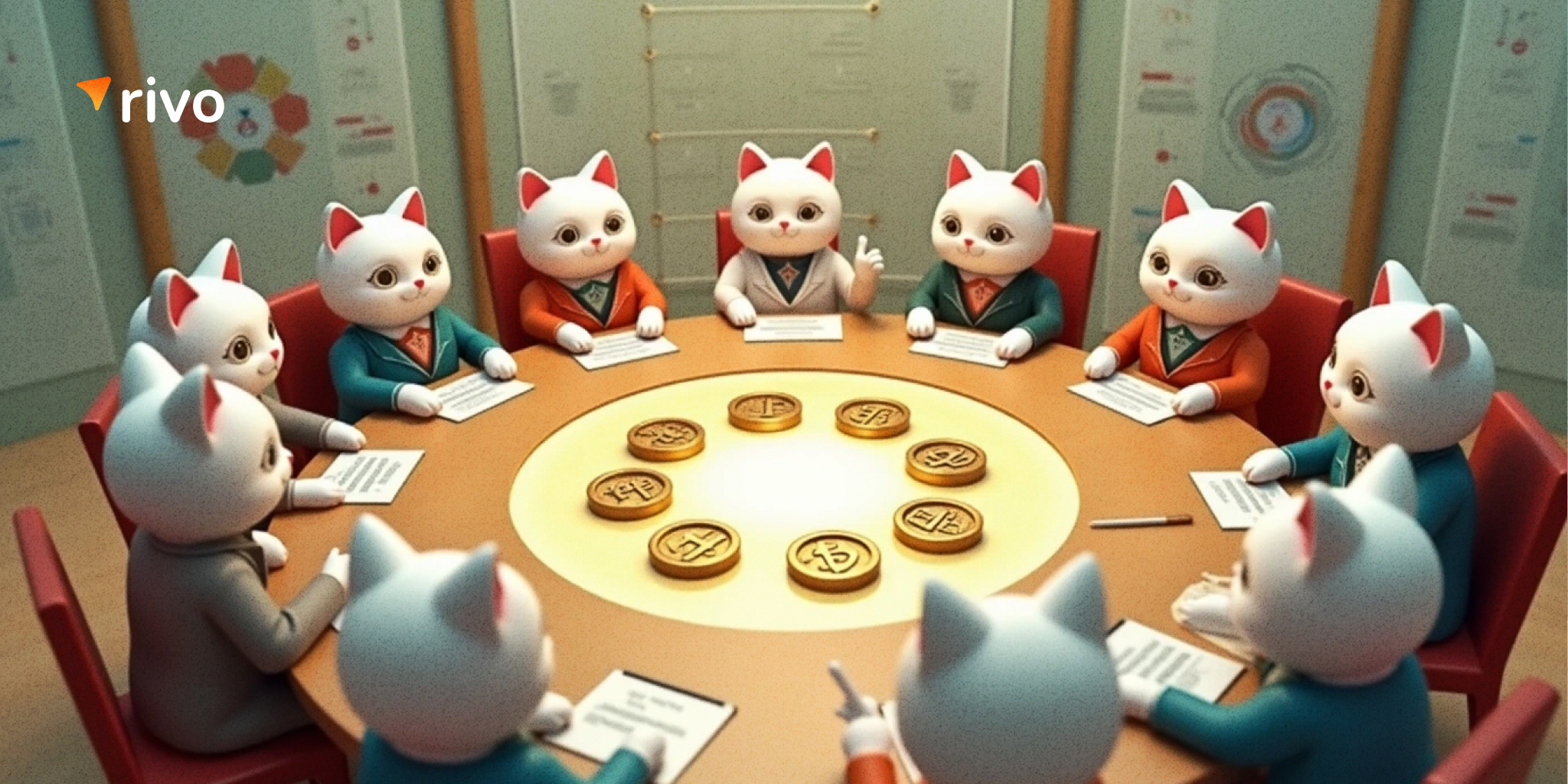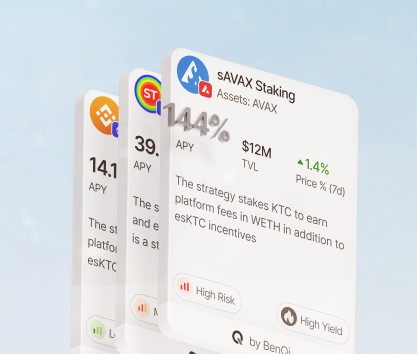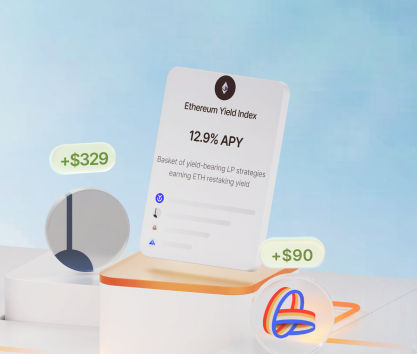The DeFi ecosystem is growing new gateways each month allowing all sorts of investors to join the industry without any issues. An investor can purchase tokens using a wide range of platforms. The DeFi sector alone has over 1,500 DEXes and 109 bridges allowing traders to effortlessly move capital across the ecosystem.
Many newcomers to the industry struggle to find reliable blockchain trading platforms and experience difficulties in transitioning from tradfi to DeFi. It is important to know which protocols and CEXes deserve your attention. Some innovative services, such as Currency.com and CashApp, can bridge the gap between fiat and crypto for many beginners.
P2P options can be a good solution too. Many respectable centralized exchanges have thriving B2B marketplaces with massive trading volumes. For instance, you can easily use the Binance P2P platform to purchase DeFi tokens with fiat currencies.
Crypto purchase guide
All entry points to the DeFi ecosystem ultimately lead to one place. However, you have to take several steps before making your first purchase:
- Choose the network you want to work with. Ethereum is the biggest and most popular DeFi chain with multiple layer-2 networks built on top and a powerful framework (Ethereum Virtual Machine). However, many users are choosing alternative destinations for their investment activities. Solana and Tron with their $11 and $7.2 billion TVLs respectively are also valid targets for capital allocation.
- Pick a wallet and create an address. You can find a plethora of different wallet apps that offer similar functionality. We recommend sticking to the most popular applications for specific chains. For example, MetaMask is supported by the overwhelming majority of EVM-based protocols. As an alternative, wallets like Rivo also work well for asset management and accessing DeFi apps. Having a couple of applications is also a good idea since different protocols may use unique wallet integration methods.
- Pick an entry point. Your wallet won’t magically have crypto that can be used in the DeFi ecosystem. A newcomer with fiat has to go to various trading platforms and purchase the necessary tokens to get started in the decentralized finance sector. We already mentioned Binance as a good choice because of its mind-boggling $76 billion 24-hour trading volume and a solid P2P section.
You may have noticed that it is relatively easy to pick which tokens to buy and how to store them. The difficulty is in the process of selecting a trustworthy gateway to the DeFi ecosystem and purchasing DeFi tokens on a platform that provides the necessary level of convenience, security, and reliability to be used consistently.
Picking digital asset marketplaces
Many newcomers do not want to deal with centralized exchanges or go through lengthy verification processes that have to be done due to KYC and AML guidelines. However, you can either simplify the first purchase or avoid issues with privacy by selecting unofficial marketplaces or convenient services.
Here are your options:
- Financial services like Currency.com or CashApp give you immediate access to the world of cryptocurrencies. You can purchase a wide range of tokens using your credit or debit card. However, you may face issues with moving tokens to a wallet as these apps often take your funds into custody and do not actually give you digital assets. Complete newbies may use these services to get a glimpse at the sprawling landscape of the DeFi ecosystem.
- Visiting forums and specialized trading platforms where you can trade directly with other investors can be a good choice for many newcomers. Good choices are Bisq with over 30 supported coins and local communities like r/NZBitcoin for New Zealand Redditors who want to trade assets directly. Note that trading peer-to-peer can be dangerous without an escrow service.
- Use the native wallet’s functionality. Many apps are partnered with CEXes and DEXes to provide instant swapping of assets. While they never win any trading fee comparisons, using your wallet application can feel more convenient and safe than going out of your way to trade on a potentially dangerous P2P marketplace.
You don’t have to use these services to obtain digital assets. In fact, many users prefer using workarounds like purchasing USDT or USDC with apps like Revolut or Moonpay and going directly to DEXes. On the other hand, there is always a simpler approach that works well for investors who are not concerned with privacy and do not mind going through a KYC verification.
CeFi and DeFi crypto exchanges
Several huge decentralized exchanges support fiat purchases. CEXes are used by millions of people because they are designed to operate in the fiat economy. These options are excellent for users who are not against KYC and AML policies and some regulations.
Here are some of the best options:
- UniSwap is still the biggest DEX in the DeFi ecosystem. The protocol is deployed on Ethereum but has since expanded to 28 chains offering over 4,000 trading pairs across multiple networks creating diverse cross-platform trading options. You can onramp using MoonPay and purchase a wide range of layer-1 tokens including DAI, ETH, USDC, USDT, WETH, and others. The lowest amount of crypto you can buy is $15.
- PancakeSwap is a clone of UniSwap and operates in a similar manner. Currently, the DEX supports several onramp partners including MoonPay, Mercuryo, and Transak. Fees vary from 1.25% to 5.5% per transaction depending on the geographical location, currency type, and payment method. If you don’t like the security verification protocols used by MoonPay, you can switch to Transak which has somewhat relaxed procedures.
- Curve DAO is a good DEX for people who are interested in working across multiple chains and easily onramp with the kriptomat service allowing users to buy CRV tokens for fiat and quickly gain access to the DeFi ecosystem through the Curve DEX protocol. CRV is one of the most popular decentralized finance tokens with a solid $883 million market cap and respectable daily volumes casually reaching $200 million.
These can be used safely as they have been beacons of stability and trustworthiness in the DeFi ecosystem for years.
The main takeaway
Exchanges utilize different token listing criteria and may grant you access to specific parts of the DeFi ecosystem. We recommend onramping through DEXes that work across dozens of chains to transition easily and start investing in appealing protocols right away regardless of where they are deployed.
Among good exchanges, Uniswap, Pancakeswap, Curve DEX, Sushi, iZiSwap, and Thorchain support over 10 networks with many allowing investors to quickly get started in the Ethereum ecosystem. You can also use reliable P2P services from Binance, Kraken, Coinbase, and other CEXes with strong track records.

